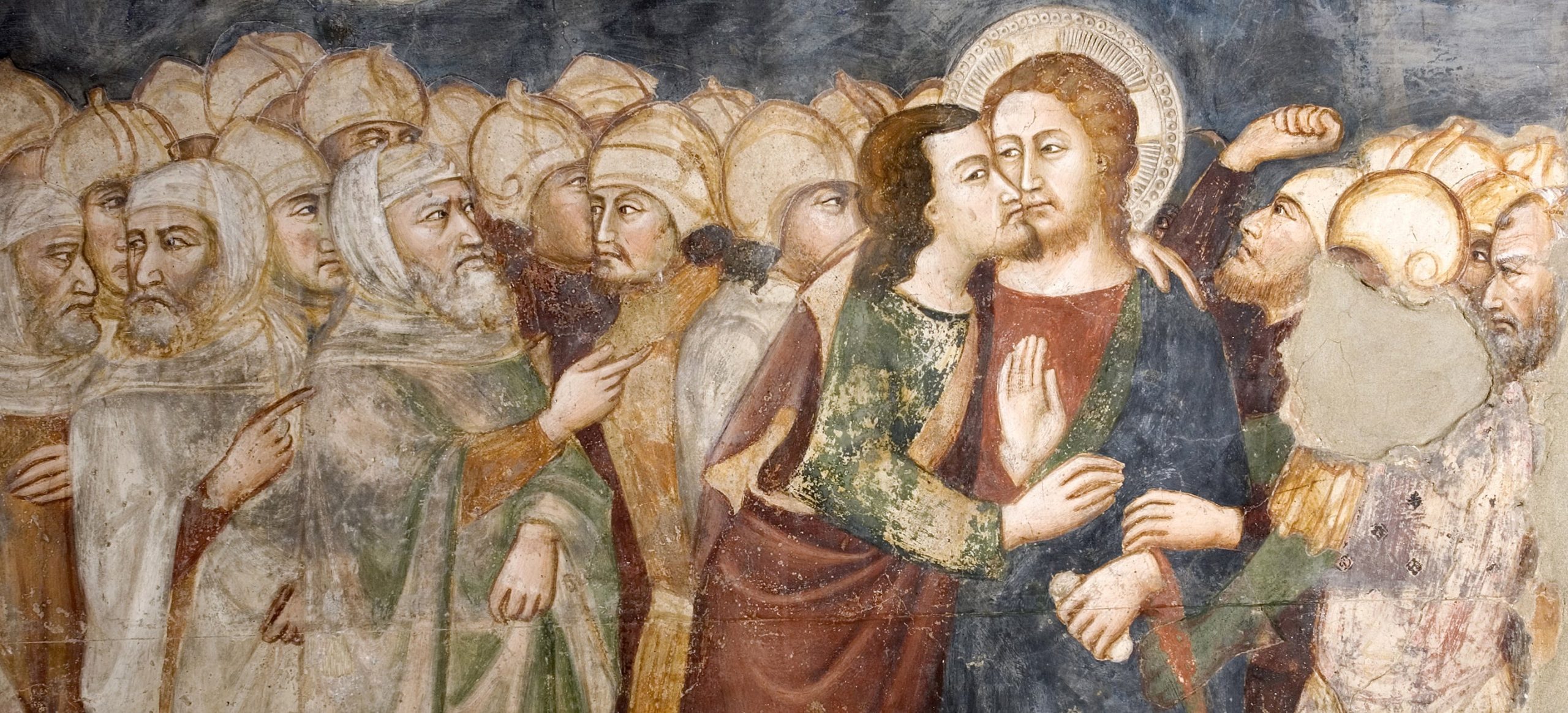Introduction
The betrayal of Jesus Christ by Judas Iscariot is one of the most poignant and sorrowful episodes in the New Testament. For thirty pieces of silver, Judas, one of Jesus’ twelve apostles, handed him over to the authorities, setting into motion the events that would lead to Jesus’ crucifixion. This act of treachery had profound emotional and spiritual implications for Jesus, his disciples, and Judas himself.
The Context of the Betrayal
Judas Iscariot was chosen by Jesus to be one of his closest followers. As an apostle, he had witnessed Jesus’ miracles, listened to his teachings, and participated in the mission of spreading the Gospel. However, despite his privileged position, Judas became disillusioned.
Several theories attempt to explain Judas’ motives. Some suggest he was disappointed that Jesus did not seek to overthrow Roman rule and establish a political kingdom. Others propose that greed played a significant role. Regardless of his reasons, Judas’ decision to betray Jesus for thirty pieces of silver, the price of a slave in that era, remains a profound act of treachery.

The Act of Betrayal
The Gospels describe how Judas approached the chief priests and agreed to betray Jesus in exchange for money. He then sought an opportunity to hand Jesus over in a private setting, away from the crowds. The opportunity came during the Last Supper, where Jesus, fully aware of the impending betrayal, hinted at the treachery, saying, “The one who has dipped his hand into the bowl with me will betray me” (Matthew 26:23).
Later that night, Judas led a group of armed men to the Garden of Gethsemane, where Jesus had gone to pray. With a kiss, Judas identified Jesus to the soldiers, sealing his fate. This kiss, a traditional sign of affection and respect, was twisted into a symbol of betrayal and deceit.
The Emotional Impact on Jesus
For Jesus, Judas’ betrayal was not just a political or physical threat; it was a deeply personal wound. Jesus had invested time, love, and trust in Judas, and the betrayal by one of his closest followers added an extra layer of anguish to his impending suffering. In the Garden of Gethsemane, Jesus’ prayers reflected his sorrow and distress: “My soul is overwhelmed with sorrow to the point of death” (Matthew 26:38).
The Consequences for the Disciples
The betrayal by Judas also had a profound impact on the other disciples. They had lived, worked, and traveled with Judas, considering him a brother in faith. The shock and disillusionment of his betrayal were immense. Their trust was shattered, and fear gripped them as they realized that Jesus’ arrest could mean their own capture or death.
Peter’s subsequent denial of Jesus can be seen as partly influenced by the fear and confusion sown by Judas’ betrayal. The disciples scattered, hiding in fear, their hopes for the messianic kingdom crushed.
The Fate of Judas Iscariot
Judas’ story ends tragically. Overcome with guilt and remorse, he attempted to return the thirty pieces of silver to the chief priests, declaring, “I have sinned by betraying innocent blood” (Matthew 27:4). However, his confession was met with indifference. In despair, Judas threw the silver into the temple and went away to hang himself. The money, considered blood money, was used to buy the potter’s field, later called the Field of Blood.
Judas’ end is a stark reminder of the destructive power of guilt and the tragic consequences of betrayal. His remorse, though profound, came too late to undo the damage caused.
The Spiritual Implications
Judas’ betrayal has been the subject of theological reflection for centuries. It serves as a stark warning of the dangers of greed, disillusionment, and betrayal. It also highlights the human capacity for failure and the profound need for grace and forgiveness.
For Jesus, Judas’ betrayal was part of the larger narrative of redemption. Despite the personal anguish it caused, it set the stage for the crucifixion and, ultimately, the resurrection. Jesus’ response to Judas’ betrayal, marked by sorrow rather than anger, underscores his message of love and forgiveness, even towards those who wrong us.
Conclusion
The betrayal by Judas Iscariot is a deeply sad chapter in the story of Jesus Christ. It reveals the complexities of human motives, the pain of broken trust, and the far-reaching consequences of our actions. For Jesus and his disciples, the betrayal was a moment of profound sorrow and a catalyst for the events leading to the crucifixion. For Judas, it was a tragic end marked by remorse and despair.
